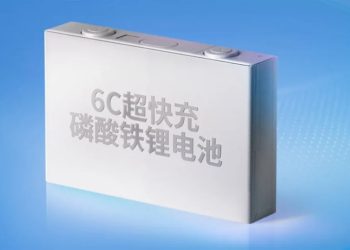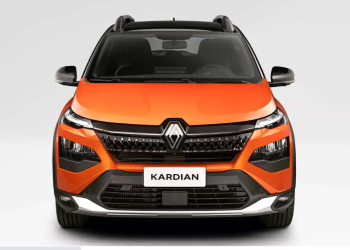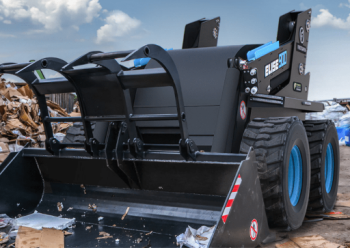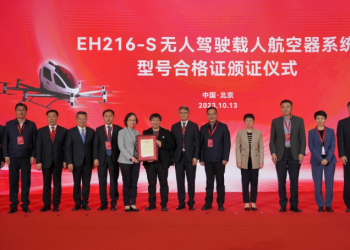Germany has unveiled a technology that adds to the great advances in the charging infrastructure for electric vehicles, specifically in battery supply times, which still represent the Achilles heel for the promotion of these innovations.
Hofer Powertrain, dedicated to advanced electromobility and energy storage solutions, presented its BlueFire battery, tested in a racing vehicle with great results.
The research had its starting point when they detected the business opportunity that was opening up with electric vehicle sports competitions, as they foresaw a high demand for very powerful and efficient batteries for motorsport.
With the aforementioned vision, they decided to develop an accumulator platform based on extremely safe cells capable of withstanding charging currents of up to 3.75 megawatts. That is, 3,750 kW of power.
Read also:F1 Technology in Everyday Cars
Invention Attributes
In the case of the BlueFire battery, Hofer Powertrain used its most advanced BMS, while for the recharging point they also decided to start from an already available station equipped with a DC fast-charging CCS socket, but modified so that it could supply 3.75 MWh, about 10 times more than what they usually recharge.
As for the vehicle, they decided to mount their new LTO (lithium titanium oxide) technology battery on a racing kart, which underwent an intense test simulating long-distance races.
The result of the first experience was surprising, because the battery, with a useful capacity of around 40 kWh and which the electric go-kart drained every 10 and a half minutes (at race pace, three laps on the circuit where Hofer Powertrain conducted the test), could be recharged at each pit stop in less than 90 seconds, the time needed to go from zero to 80% of its capacity.
This would already allow its application to the world of motor racing; and even to endurance tests, with up to 24 hours of duration, as the kart used in the test would complete 1,000 laps of the track, with about 350 consecutive charge and discharge cycles of its BlueFire battery.
The Teutonic company sees potential in everyday use, where batteries and chargers of this type located next to fast tracks would allow recharging as fast as refueling a vehicle with a combustion engine. However, they remain focused on their first objective, linked to competition.
Apparently, after the test with the kart, they have carried out other tests at different scales that allow them to be very optimistic about a next LMD prototype like those used in the 24 Hours of Le Mans, but equipped with 100% electric mechanics and that could recharge its batteries even faster, since the short-term plan of the engineers is to achieve charges from 5 to 85% in just over a minute.



















